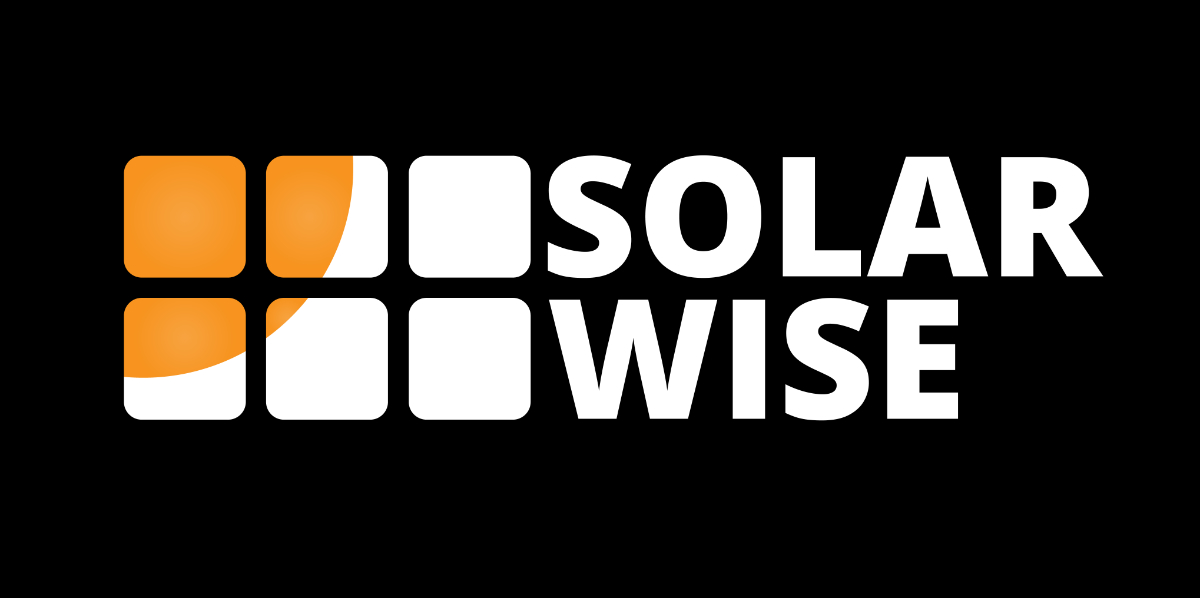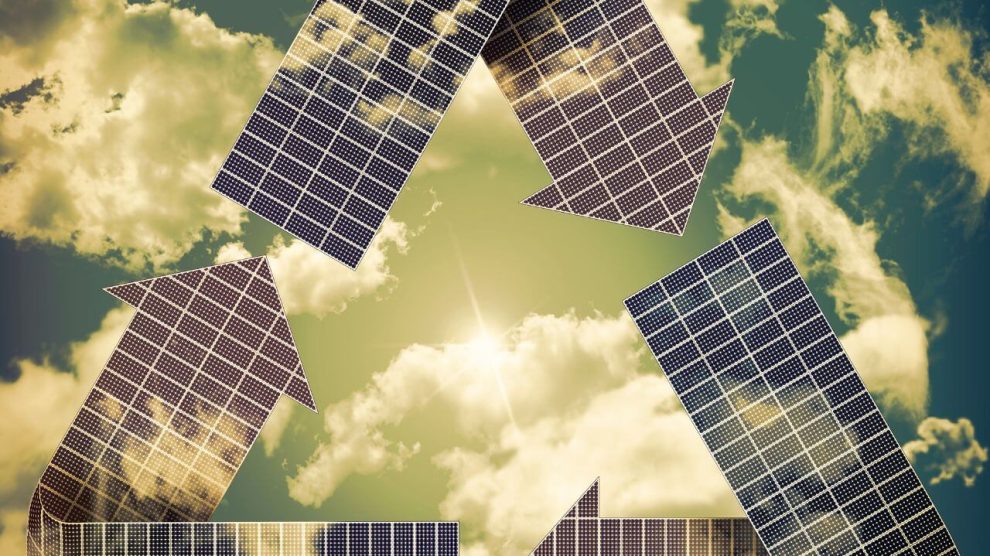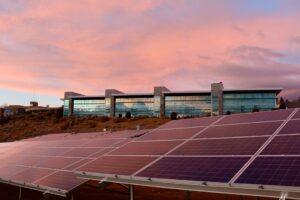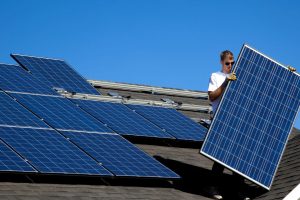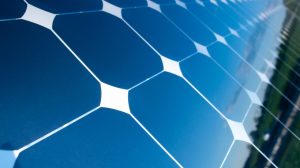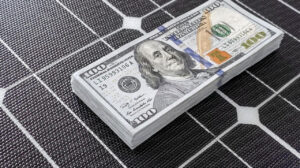A solar panel’s lifespan often exceeds two decades. Even after 25 years of service, these energy-harvesting devices remain useful. In fact, they can still function at approximately 80% of their original capacity. This capability ensures that many homeowners and enterprises can continue reaping the benefits of eco-friendly energy, though the efficiency is slightly diminished. Furthermore, the end-of-life management of these green energy champions has seen substantial advancements.
Efficiency and Performance Degradation
The term ‘solar panel degradation‘ pertains to the slow and steady drop in the efficiency and performance of these panels with the progression of time. As these panels age, their prowess in converting sunlight into electrical energy diminishes slightly. An annual degradation rate of 0.5% to 1% is typical. This translates to, after 25 years, a solar panel functioning at an efficiency ranging from 75% to 87.5% of its original capability, resulting in marginally lower energy generation.
Various factors can influence the degradation rate of solar panels. The panels’ quality plays a crucial role, as high-quality panels tend to have a slower degradation rate. Proper installation can also impact the rate, ensuring that panels perform optimally throughout their lifetime. Environmental factors like temperature fluctuations, humidity, and dust can increase degradation. At the same time, regular maintenance can help minimize these effects and prolong the panels’ efficiency.
End-of-Life Recycling and Disposal
When solar panels end their useful life, they can be recycled to reclaim valuable materials and reduce environmental harm. Recycling entails taking apart the panels, sorting the components, and recovering materials like glass, aluminum, and silicon for further benefit. This approach to managing end-of-life solar panels enables decreased waste and boosts sustainability.
Disposing of and recycling solar panels accurately is crucial to safeguard the environment and preserve resources. Recycling these materials contributes to waste minimization, energy preservation, and a greener future for our world. Moreover, proper recycling prevents hazardous substances from ending up in landfills, where they could damage ecosystems.
Solar panel recycling centers, industry-driven initiatives, and government policies have been set up to make solar panel recycling more widespread. These endeavors aim to offer convenient recycling options and raise awareness about the significance of responsible disposal. As the solar industry develops, further recycling facilities and initiatives are expected to emerge to accommodate the growing number of end-of-life solar panels.
Solar Panel Repurposing
Even though solar panels may have reduced efficiency after 25 years, they can still be repurposed for various applications instead of discarded. These older panels can be utilized in off-grid systems, such as powering remote cabins, providing electricity for garden sheds, or supplying energy for water pumps. Repurposing solar panels helps extend their useful life and contributes to sustainability.
Further, there is an array of DIY projects that can creatively incorporate used solar panels. These upcycling ideas benefit the environment and add a unique touch to home projects. For example, you could create solar-powered outdoor lighting, install panels on a greenhouse to provide electricity, or integrate them into your RV’s power system. By discovering innovative methods to reuse older solar panels, you can maximize their remaining efficiency while promoting a more sustainable lifestyle.
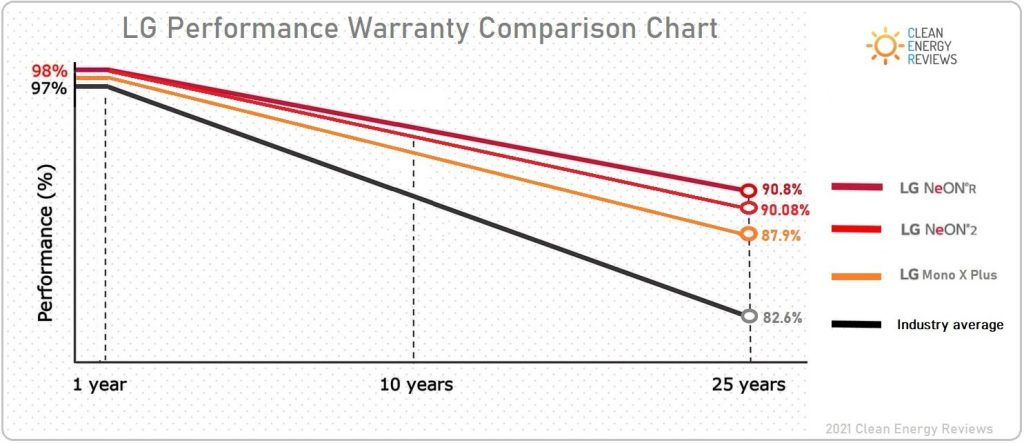
Credit: cleanenergyreviews.info
Warranty and Guarantees
Solar panel warranties play a critical role in guaranteeing your investment is protected. It is vital to understand the types of assurances that come with your solar panels: performance and workmanship guarantees. Performance warranties commonly cover the panel’s efficiency, ensuring it does not degrade faster than the specified rate. On the other hand, workmanship warranties cover any manufacturing faults or issues related to the quality of the product.
Knowing the available replacement or repair options is essential if you encounter issues with your solar panels. Usually, the manufacturer will repair the defective panel or provide a replacement, depending on the warranty terms. Some solar panel insurance policies may also cover repair or replacement costs in specific circumstances. By understanding warranty and repair options, you can have peace of mind knowing that your solar panels will continue to operate efficiently throughout their intended lifespan.
Conclusion: The Life Beyond 25 Years for Solar Panels
In summary, solar panels normally have a lifespan of 25 years, after which their efficiency and performance gradually decline. Nevertheless, it’s important to remember that these panels don’t just unexpectedly stop working after reaching the quarter-century mark. They can still provide a reliable renewable energy source with appropriate maintenance for many years.
Solar Panels Post the 25-Year Mark: What’s Next?
- Extended Use: Despite the dip in efficiency, these panels, if in good structural condition, can still churn out electricity, even if it’s at a diminished rate. When adequately cared for, they can act as supplementary energy providers.
- Recycling Endeavors: Solar panels that have surpassed their optimal lifespan can be subjected to recycling. This process helps reclaim valuable components like silicon, glass, and aluminum. Such recycling initiatives underscore the importance of sustainability and aim to create a regenerative loop within the realm of solar energy.
- Innovative Reutilization: Several ingenious initiatives have breathed new life into aging solar panels. From crafting solar-driven artistic installations to setting up independent energy systems in remote locations, the range of applications showcases these panels’ endless potential and versatility.
